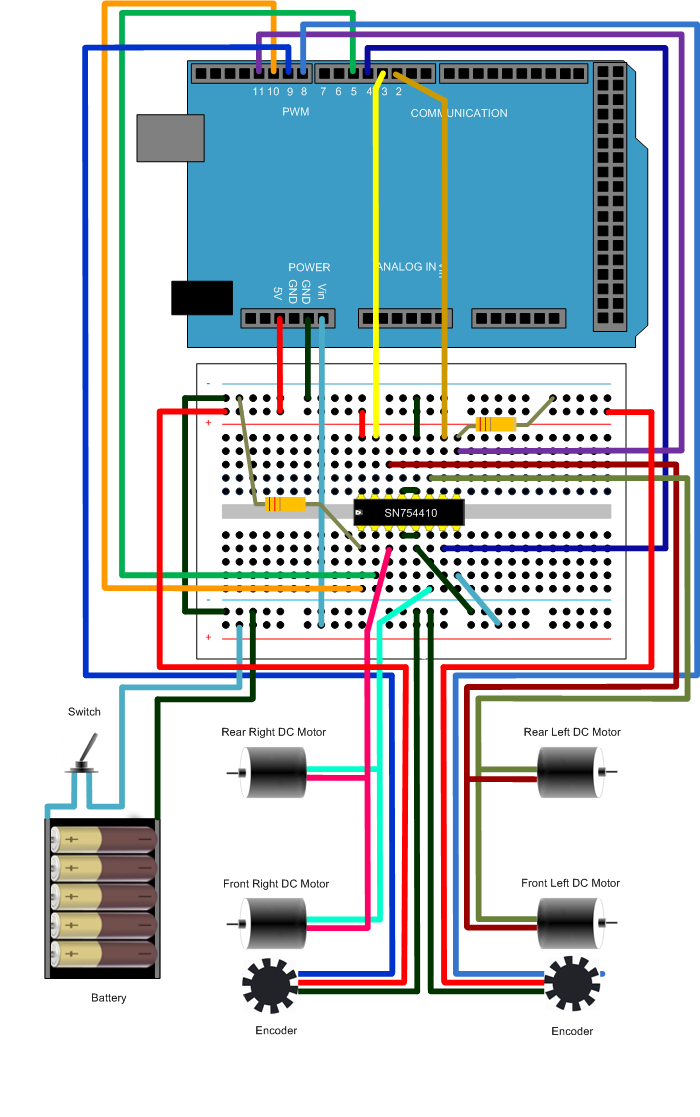Pid Regulyator Na Arduino

A PID controller seeks to keep some input variable close to a desired setpoint by adjusting an output. The way in which it does this can be 'tuned' by adjusting. Nastudoval som PID regulator, bol by na to pouzitelny, ale loxone pid regulator funguje nejak uplne inak. Stacil by mi blby linearny regulatorm ktory by len linearne uberal/pridaval po 0.1st/hod, ale nic take tam hotove nie je a neviem to ani nadratovat.
PID Definitions: The Proportional/Integral/Derivative controller or PID controller or just PID, is a proccess' control techinics that join Proportional integral and Derivative actions, thus causing the error signal is minimized by proportional action, integral action and cleared by a speed obtained with the preemptive derivative action. It is based on mathematical modeling of the response of a loop process to be controlled. In practice the PID controllers are found inside electronic controllers called 'single-loop', often with microprocessors, and also through software on programmable logic controllers (PLC) and other control equipment. In this project, we will simulate a brightness control with Arduino.

Vba for excel serial communication with arduino microcontroller software. The Arduino will be running the PID library which can be found at: In addition to the PID library for Arduino, will also need the PID Front End for processing, which is a GUI in order to configure the control parameters, such as P, I, D, Set Point and ways of working, etc..; performing a user-friendly interface with Arduino. You can also download the PID_FrontEnd from the link above. As we will work with Arduino and Processing, we need to have the Arduino's IDE and Processing 1.0.1 2.0b8 installed in our computer. To the Processing software, run properly with PID_FrontEnd, we also need the library 'ContorlP5' for Processing installed in our computer. You can Download the library 'ControlP5' directly from the related link below: For details on PID control processes, I advise you to visiting the PID_V1 Library's creator website.
Sapphirefoxx matchmaker. These works focus on characters transforming, usually into the opposite gender.
Also access the 'Control Guru' website for more details about automation and control. Details about 'Control Systems' can be found in the website. Let's go now turn to the constructive aspects of our project: We will do two tests, one with the simulated environment by a dark tube (this environment will not allow interference from outside), and another test with the open environment, where we can interfere externally and thus, verify the system response. Test - 1 The environment is simulated by a dark tube (black). At one end of the tube, we will have a white LED with high-brightness (it will be used to illuminate the environment). At the other end of the tube, we will have a LDR (the LDR will be used to manage the amount of light in the environment, it will be our system's feed back).
The connection with the Arduino is very simple: The pin D3 (digital 3) of the Arduino will be used as output and is connected to the LED's anode. The LED has a resistor of 220 Ohms in series with the anode (for the LED's polarization); the LED's cathode is directly connected to GND. The pin A0 (analog 0) of the Arduino will be connected to the LDR and used as analog input. The LDR has one leg connected directly to the +5 V supply, and the another leg of the LDR is connected to a pull-down resistor value of 10K (the resistor will be connected in series with the LDR and connected to the GND. At the intersection of the LDR + resistor we will have the output signal of the light sensor that will be connected to the Arduino's pin A0.